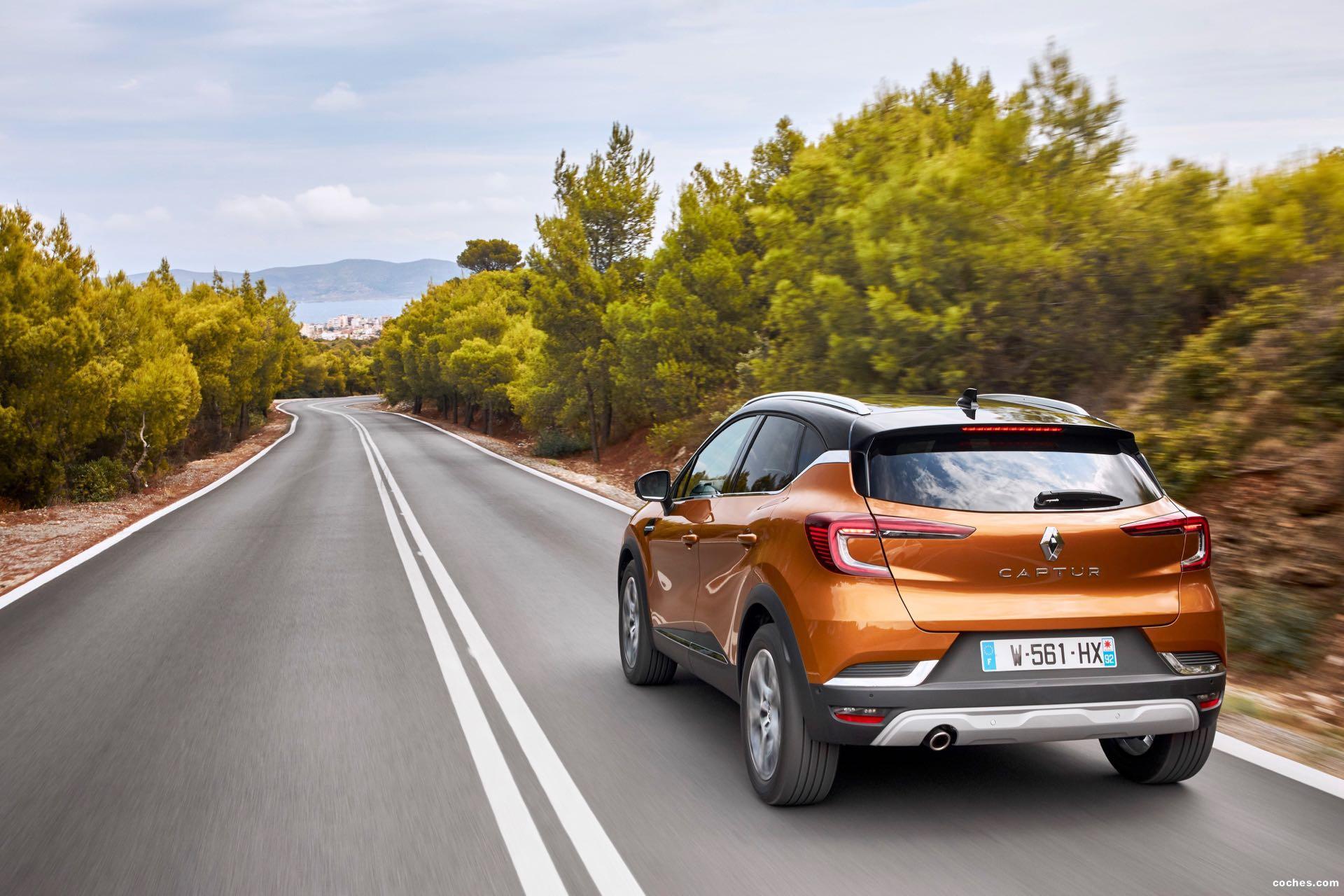
The Renault Kaptur is manufactured by the Renault Russia plant since April 2016. Change of the naming was explained by the difficulties of the correct pronunciation of the original "Captur" name in the Russian language. The Captur GA was first introduced in Russia and the neighbouring CIS countries in 2016, badged as the Renault Kaptur. Compared to the B platform-based Captur, the Captur GA is cheaper to build as it is based on the first generation Dacia Duster platform instead of the fourth generation Clio while offering larger cabin space.

This model is referred internally by Renault as the "Captur Global Access" (Captur GA). Ī larger car with a similar styling as the original Captur but with a larger wheelbase and ground clearance is being produced by Renault to capture emerging markets. In some versions, it also adds removable seat covers with zippers, a new Renault satellite navigation system with touchscreen, reverse cameras and automated head lamps and windscreen wiper. As standard, it has parking sensors and voice activation for certain functions. In 2018, the Captur added the sportier S-edition. In December 2013, Renault added a top-of-the-range Signature trim and, in 2015, the Iconic. The Captur originally had four trim levels in the UK: Expression, Expression+, Dynamique Media Nav and Dynamique S Media Nav. The Captur has some new elements, such as a large drawer-like glovebox that is more easily reachable by the driver, instead of a conventional glove compartment in left hand drive models. Brakes are discs on front and drums on rear. The car suspension is made up of MacPherson struts on front and a twist-beam axle on rear. It has various customisation options for the interior and the exterior. It incorporates design lines from the homonymous concept, as part of Renault's renovated design strategy developed by Laurens van den Acker. The Captur may be more convincing yet when it's able to go fully electric, though - or when Renault launches a different weeny crossover with battery power alone.The J87 Captur is based on the fourth generation Clio and rides on the B platform. The hybrids offer an interesting option, and up against the likes of the Kia Niro in the (currently) limited plug-in compact crossover segment neither is a bad choice, if that’s what you’re after. It won’t be the most interesting car you read about today, but it’s good enough.

The spec list is strong and it’s roomy enough to justify its existence next to the Clio. The looks and the road manners are the standouts. It’s a fitting contender for the fastest growing car sales segment in the UK. It’s hardly interesting to drive, but then again barely any crossovers are, and that’s not their purpose, either. Renault’s pulled off exactly what it needed to with the Captur Mk2. That the Captur is a night and day improvement over what it replaces in looks, refinement and cabin quality is not up for debate, backed up by the fact it's the firm's best-selling car in Britain. There’s also little to tell the electrified version apart, beyond a subtle badge here and there. There’s plenty of other exterior changes too, with a wider front grille, tough-looking front and rear protection skid plates, prominent wheel arch extensions, slimmer LED lights at both ends, and touches of chrome trim bringing it in line with its Clio and Mégane siblings, with little of the stylistic quirkiness that some of its rivals suffer… no names mentioned. Roomier too – but that’s courtesy of the whole car swelling in every dimension. Sure, that’s like saying a hotel room is smarter than a windswept tent, but still, the Captur isn’t just a whole load more handsome on the outside – it’s grown up and gotten its act together inside, and that’s most welcome.

In fact, the whole cabin is the headline here. Check out the new seats which look suspiciously like they’re from a recent Volvo.


 0 kommentar(er)
0 kommentar(er)
